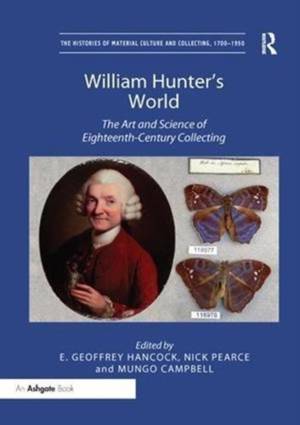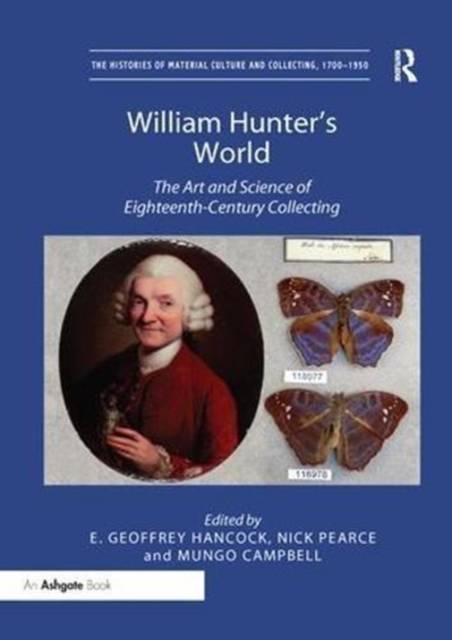
- Afhalen na 1 uur in een winkel met voorraad
- Gratis thuislevering in België vanaf € 30
- Ruim aanbod met 7 miljoen producten
- Afhalen na 1 uur in een winkel met voorraad
- Gratis thuislevering in België vanaf € 30
- Ruim aanbod met 7 miljoen producten
Zoeken
William Hunter's World
The Art and Science of Eighteenth-Century Collecting
€ 59,45
+ 118 punten
Omschrijving
Despite William Hunter's stature as one of the most important collectors and men of science of the eighteenth century, and the fact that his collection is the foundation of Scotland's oldest public museum, The Hunterian, until now there has been no comprehensive examination in a single volume of all his collections in their diversity. This volume restores Hunter to a rightful position of prominence among the medical men whose research and amassing of specimens transformed our understanding of the natural world and man's position within it. This volume comprises essays by international specialists and are as diverse as Hunter's collections themselves, dealing as they do with material that ranges from medical and scientific specimens, to painting, prints, books and manuscripts. The first sections focus upon Hunter's own collection and his response to it, while the final section contextualises Hunter within the wider sphere. A special feature of the volume is the inclusion of references to the Hunterian's web pages and on-line databases. These enable searches for items from Hunter's collections, both from his museum and library. Locating Hunter's collecting within the broader context of his age and environment, this book provides an original approach to a man and collection whose importance has yet to be comprehensively assessed.
Specificaties
Betrokkenen
- Uitgeverij:
Inhoud
- Aantal bladzijden:
- 424
- Taal:
- Engels
- Reeks:
Eigenschappen
- Productcode (EAN):
- 9781138548343
- Verschijningsdatum:
- 25/04/2018
- Uitvoering:
- Paperback
- Formaat:
- Trade paperback (VS)
- Afmetingen:
- 175 mm x 246 mm
- Gewicht:
- 452 g

Alleen bij Standaard Boekhandel
+ 118 punten op je klantenkaart van Standaard Boekhandel
Beoordelingen
We publiceren alleen reviews die voldoen aan de voorwaarden voor reviews. Bekijk onze voorwaarden voor reviews.










